Health Benefits of Walnut Milk
The Walnut Milk Market is experiencing a surge in demand due to the increasing awareness of health benefits associated with walnut milk. Rich in omega-3 fatty acids, antioxidants, and vitamins, walnut milk is perceived as a nutritious alternative to dairy milk. Studies indicate that walnut milk may support heart health, improve brain function, and aid in weight management. As consumers become more health-conscious, they are gravitating towards plant-based milk options, with walnut milk emerging as a preferred choice. The market data suggests that the walnut milk segment is projected to grow at a compound annual growth rate of approximately 10% over the next five years, reflecting a robust interest in health-oriented products within the Walnut Milk Market.
Innovative Product Development
Innovation within the Walnut Milk Market is a key driver of growth. Manufacturers are increasingly focusing on product development to cater to diverse consumer preferences. This includes the introduction of flavored walnut milk, fortified options, and ready-to-drink formats. Such innovations not only enhance the appeal of walnut milk but also address specific dietary needs, such as lactose intolerance and nut allergies. The market data indicates that innovative product launches have contributed to a rise in consumer interest, with sales of walnut milk products increasing by over 15% in the last year alone. This trend suggests that continued innovation will be crucial for sustaining growth in the Walnut Milk Market.
Rising Vegan and Plant-Based Diets
The Walnut Milk Market is likely to benefit from the rising trend of vegan and plant-based diets. As more individuals adopt these lifestyles, the demand for dairy alternatives, including walnut milk, is expected to increase. This shift is driven by ethical considerations, environmental concerns, and health benefits associated with plant-based eating. Market analysis indicates that the plant-based milk segment, which includes walnut milk, has seen a significant uptick in sales, with a notable increase in product offerings. The Walnut Milk Market is poised to capture a larger share of the plant-based beverage market, which is projected to reach a valuation of several billion dollars in the coming years.
Sustainability and Ethical Consumption
The Walnut Milk Market is witnessing a shift towards sustainability and ethical consumption. Consumers are increasingly prioritizing products that align with their values, particularly regarding environmental impact. Walnut milk, being a plant-based alternative, is perceived as a more sustainable option compared to traditional dairy. The production of walnut milk typically requires fewer resources and generates lower greenhouse gas emissions. Market Research Future indicates that brands emphasizing sustainable practices and eco-friendly packaging are gaining traction among consumers. This trend is likely to drive further growth in the Walnut Milk Market, as environmentally conscious consumers seek out products that reflect their commitment to sustainability.
Increased Availability and Accessibility
The Walnut Milk Market is benefiting from increased availability and accessibility of walnut milk products. Retailers are expanding their offerings to include a wider range of plant-based milk options, including walnut milk, in response to growing consumer demand. This trend is evident in both brick-and-mortar stores and online platforms, where consumers can easily find and purchase walnut milk. The market data suggests that the expansion of distribution channels has led to a significant increase in sales, with walnut milk becoming a staple in many households. As accessibility continues to improve, the Walnut Milk Market is likely to see sustained growth, driven by a broader consumer base.



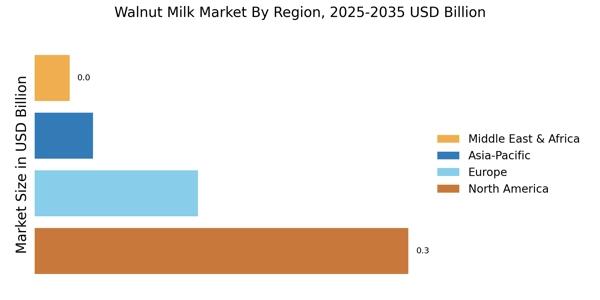

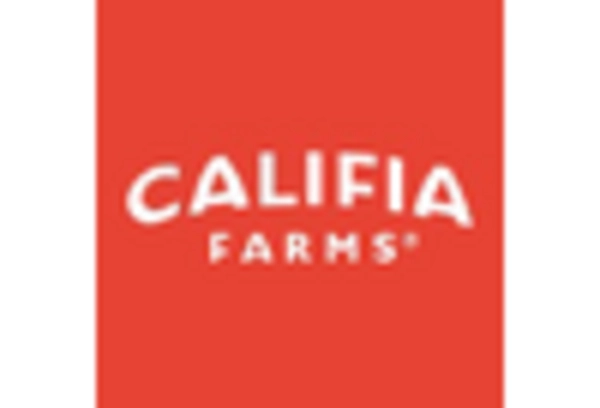
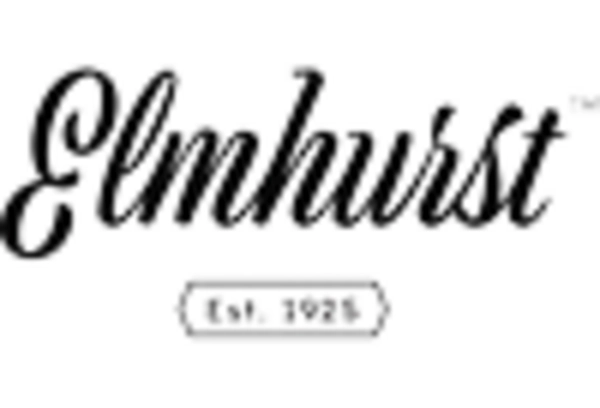
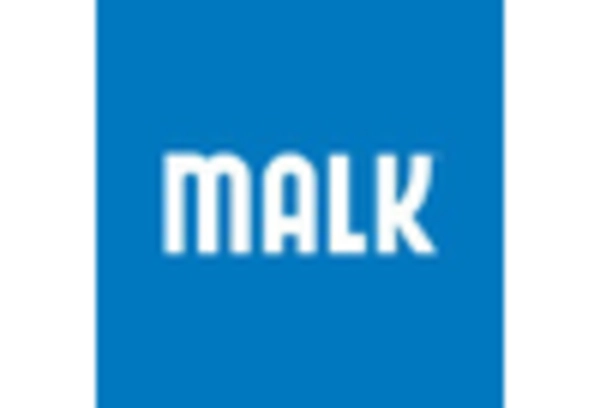

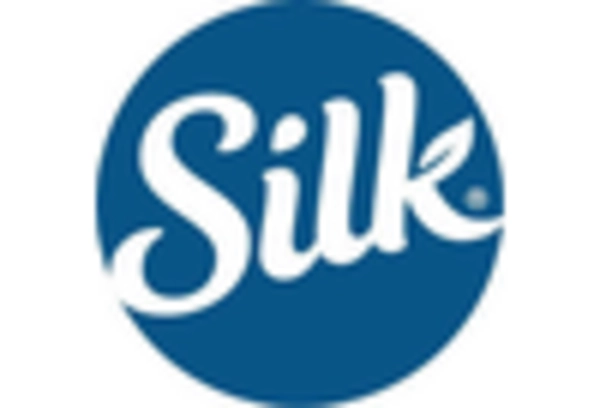








Leave a Comment